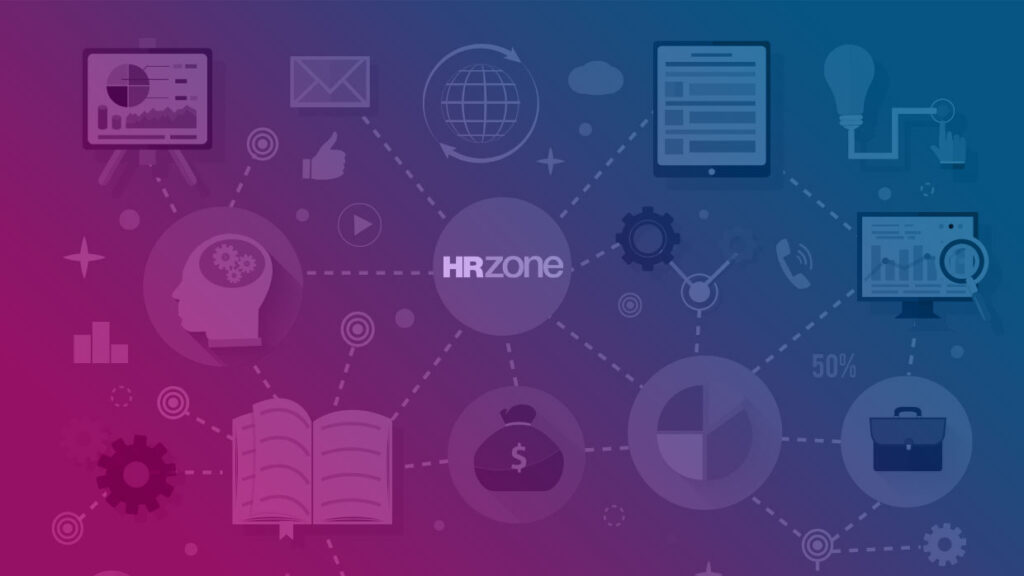One of the things I love about being in HR is that everyone always bring you these rich stories that sometimes causes you to have an "a-ha" moment.
A major retail chain this past week did something that, for a retail company, needs to be lauded.
In retail, you have a workforce that is largely made up of hourly employees. They are the people that face the customers each and every day. Good mood or bad mood, they must keep the stiff upper lip and remember that the "customer is always right."
One of the challenges all retail companies face is the weekly schedule. Trying to place people in slots, or work around challenges in their lives, is an enormous uphill battle both for the manager as well as the employee. I owned a 7-Eleven convenience store for 10 years, so I am very familiar with this weekly challenge. I had 11 people on the payroll, and trust me, it is a challenge.
Facing a challenge and everyone wins
This week, this company addressed that challenge head on and empowered their hourly workers to take charge of their schedule. In a nutshell, the employee makes their own schedule. They now have ownership and flexibility, and the theme of this program is that it allows associates to accommodate events that come into their life.
Imagine for a moment that you are one of those workers, whether you are a single parent, college student, taking care of a elderly parent, or whatever. You are now empowered to set your own schedule. Outside of the weekend and certain key days, you are in charge.
If you need to swap a day with someone, you are empowered to just do it as opposed to bowing to some manager and waiting for their verdict.
The response from their workforce, as it was told to me, was a huge win. The workers thought they would never live to see the day that this would happen. I am always encouraged when I see companies step up to the plate and look at situations and decide that yes, we can do this.
Empowerment going forward is the key
I was traveling last week, and when I came back to my hotel room, for some reason the key would not work. I tried reinserting it numerous times but I kept getting a flashing light.
A member of the housekeeping staff saw my problem and came over and tried her key. She apologized and called the front desk, and they in-turn called the maintenance supervisor, who came up to my room with a crew of people.
Being an HR/OD person, I watched the workplace dynamics of this play out — four people standing around my room trying to get me in. When I was finally let in, the supervisor came over and apologized profusely. "Mr. Thomas, why not have dinner on us tonight?" he said.
Knowing that I had dinner plans, I thanked him and politely declined. But he did not give up. "Why not have dessert on us then?" That suggestion I agreed to. My question to him was how, and why, did you do that? He said that each employee is empowered to grant these types of offerings when a customer is inconvenienced.
The residual impact of empowerment
I thought of that story as I flew home. As I prepared for my next business trip, I noticed that my work location was centered around a few hotels.
When I saw that the hotel that I had recently stayed was among them, my choice was easy. From this point on I will try and give them as much of my travel business as possible for the way they treated me as a customer — and all because of one interaction.
One of the greatest books that I have read over the past few years is Employee First, Customer Second by Vineet Nayer, CEO of HCL Technologies. HCL is a leading global IT services company. This is the firsthand account from a CEO about how he transformed his organization, taking it from decline into an engine of vitality and growth.
This book gives you a ringside seat to his transformational journey in turning conventional management of people upside down. In a nutshell, he empowered his employees and they engaged his customers and turned around a company that was in a downward spiral.
Where is the value zone?
Vineet Nayer coined the phrase "value zone. This zone is the interface between employees and customers. Every employee that works within this zone is capable of creating more, or less, value. The mission was to do everything to enable those employees to create the most value possible.
Nayer wanted management to be as accountable to the people in the value zone as the people in the value zone are to management.
What they found was that this approach produced far more passion, because it proved that management understood the importance of employees in this "value zone." They trusted them to do what was needed to be done in a way that they believed it should be done.
The small things win
Sometimes we look for the big initiatives to get back on track, but more often than not, it’s a small amount of respect and trust that causes the groundswell so that the organization wins. Treat staff with mistrust and a lack of respect, and no one wins. Empower employees, and both the employee and the organization wins. It is as simple as that.
Oh, and by the way when I returned from dinner back at the hotel, that slice of pound cake with raspberry topping capped off a powerful day for the "value zone"
Ron Thomas is vice president of StrategyFocusedHR.
We welcome any and all contributions from the community, so please feel free to share your views and opinions with us, your colleagues and peers via our blogs section.





